Jim Croce 1973 Albums
Buy Life and Times Buy I Got a Name In 1973 Jim Croce found the pinnacle of his career success and all the bedlam and time on the road which goes along with […]
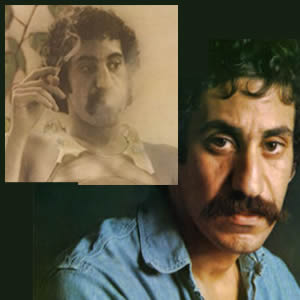
Buy Life and Times Buy I Got a Name In 1973 Jim Croce found the pinnacle of his career success and all the bedlam and time on the road which goes along with […]
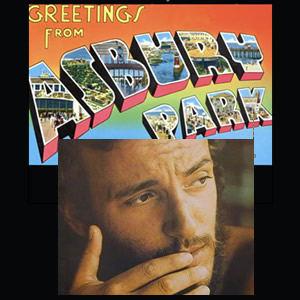
Buy Greetings from Asbury Park, NJ Buy The Wild, The Innocent, and the E Street Shuffle Bruce Springsteen started off his recording career with two albums in 1973, Greetings from Asbury Park, NJ, […]
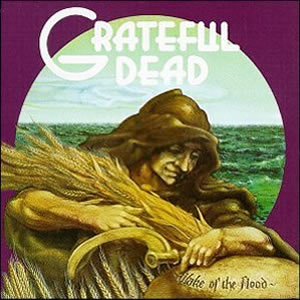
Buy Wake of the Flood The Grateful Dead‘s long awaited sixth studio album, Wake of the Flood, marked a new era for the California band. Their first studio album in nearly three years, […]
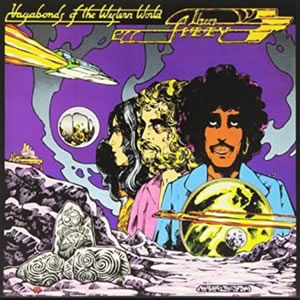
Buy Vagabonds of the Western World The 1973 release Vagabonds of the Western World, the third studio album by Thin Lizzy, is a cohesive collection of original style and substance by this group […]

Buy There Goes Rhymin’ Simon For his second post-Garfunkel effort, Paul Simon found a nice sonic balance with There Goes Rhymin’ Simon. This album is bookmarked by two of his top pop hits […]
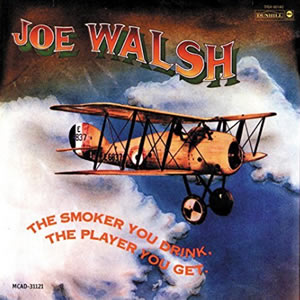
Buy The Smoker You Drink, the Player You Get The second of two albums featuring singer-songwriter and multi-instrumentalist Joe Walsh with his backup group Barnstorm, The Smoker You Drink, the Player You Get […]

Buy Dark Side of the Moon Perhaps the most complete concept album of all time, The Dark Side of the Moon was the ultimate redemption for Pink Floyd. Culminating years of progressive and […]
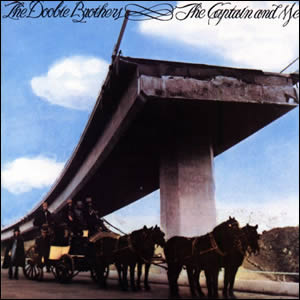
Buy The Captain and Me The Captain and Me is the third album by The Doobie Brothers on which they combine their trademark funk with just a touch of California folk and country-rock. […]
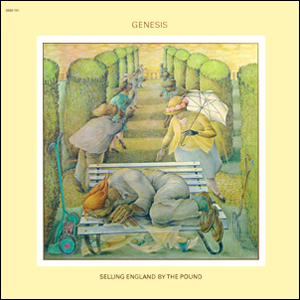
Buy Selling England by the Pound The classic lineup of Genesis was at their absolute peak musically and melodically on the 1973 album Selling England by the Pound. The band had a steady […]
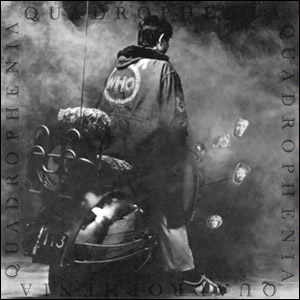
Buy Quadrophenia Quadrophenia completed the mega-creative trifecta for The Who, which peaked with Who’s Next in 1971 but was bookended by the two greatest rock operas ever – Tommy in 1969 and this […]